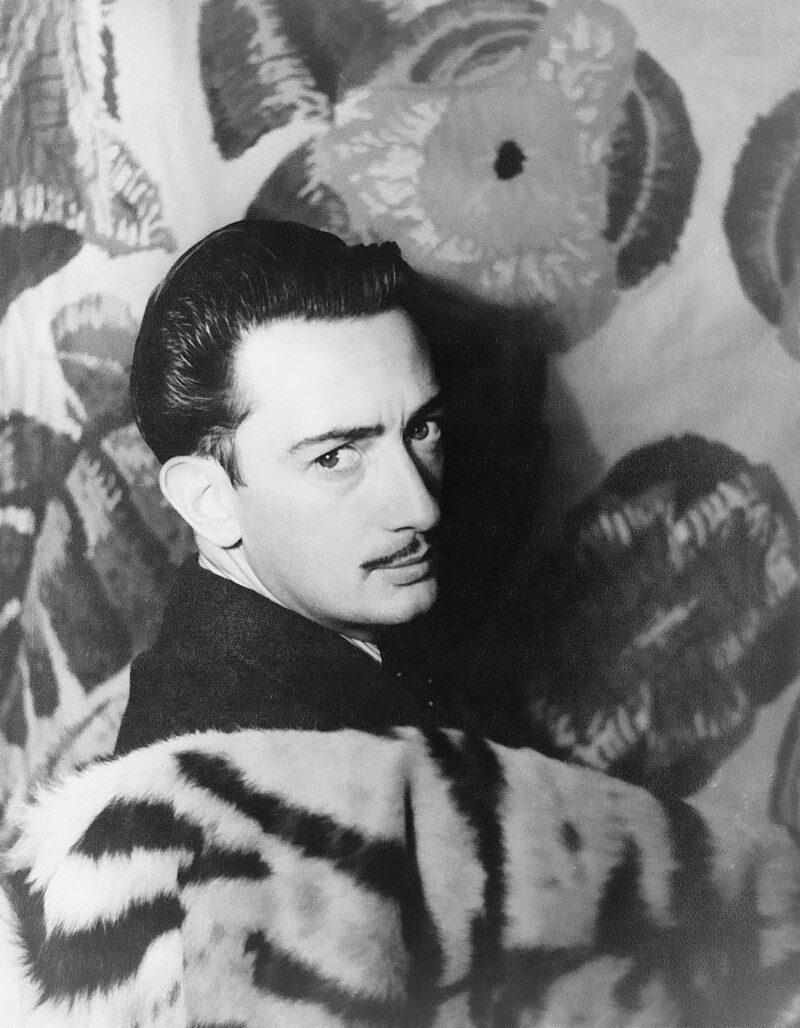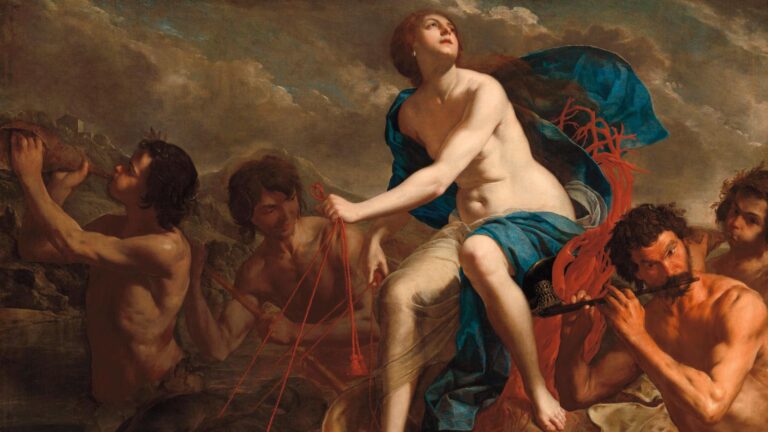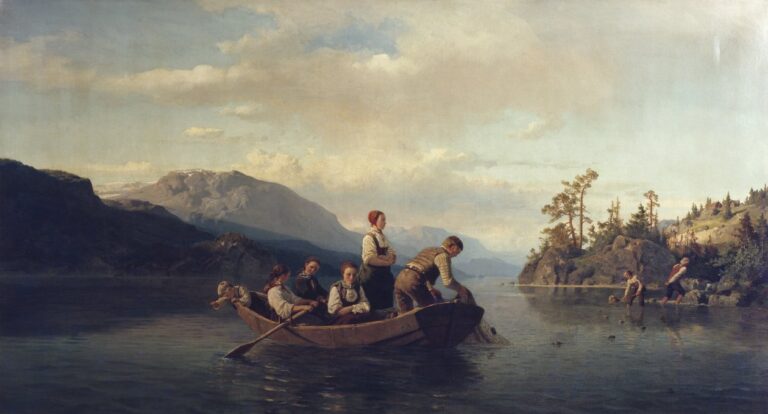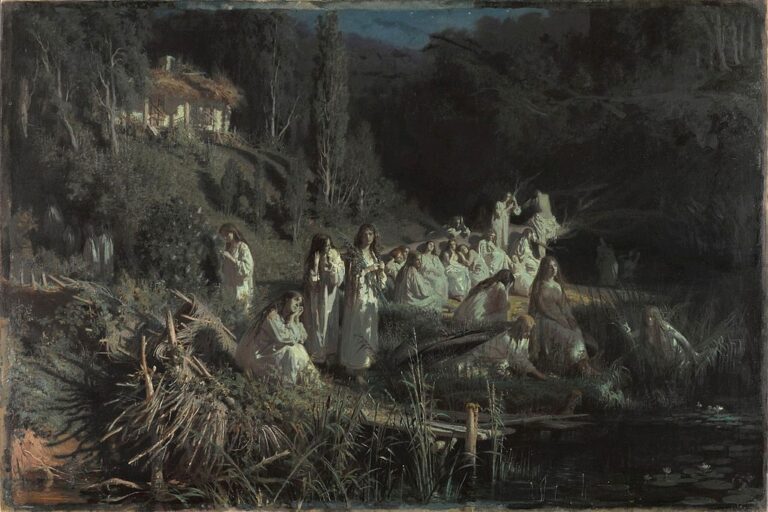Salvador Dali Famous Paintings: Masterpieces of Surrealism and Imagination
Born: May 11, 1904, Figueres, Spain
Death: January 23, 1989, Figueres, Spain
Art Movement: Surrealism
Nationality: Spanish
Influenced By: Pablo Picasso and Joan Miró
Institution: San Fernando Royal Academy of Fine Arts and Municipal Drawing School, Spain
Salvador Dali Famous Paintings: Masterpieces of Surrealism and Imagination
Early Life and Artistic Beginnings
Salvador Dalí, born in Figueres, Catalonia, developed a unique style known for its dreamlike and bizarre images. His journey into the world of art began early in life, influenced by various factors and experiences that later fueled his involvement with Surrealism.
The Path to Surrealism
Dalí’s early years were marked by his enrollment at the San Fernando Royal Academy of Fine Arts in Madrid. His time at the academy helped shape his artistic talents, though he often clashed with instructors due to his unconventional ideas. Despite being expelled, the period was pivotal in forming his avant-garde style.
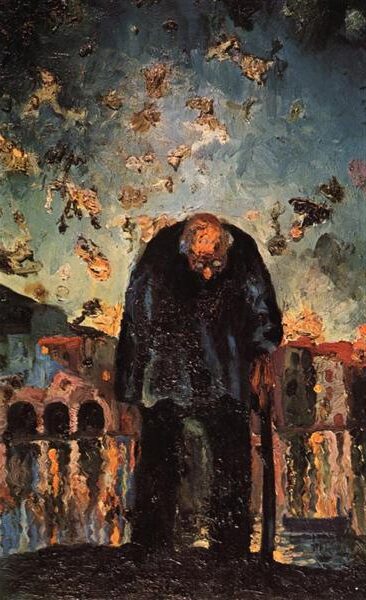

In the late 1920s, Dalí was introduced to the Surrealist movement. His paintings began exploring themes of unconscious and dreamlike imagery, aligning perfectly with Surrealism’s focus. Works like “The Persistence of Memory” showcased melting clocks, representing the fluidity of time. Through these innovative techniques, Dalí became synonymous with the movement.
Influences and Development
The rich cultural landscape of Catalonia significantly influenced Dalí. He drew inspiration from the works of earlier artists like Pablo Picasso and Joan Miró. Their styles encouraged him to experiment and grow as a visionary artist.
His exposure to Impressionism and Cubism during his studies added depth to his evolving artwork.
Family life also played a role in shaping Dalí’s work. His mother, who encouraged his creative pursuits, passed away when he was young, leaving a lasting impact on him. This personal loss deepened the emotional content of his work, leading him to explore themes of memory, identity, and loss.
Iconic Salvador Dalí Paintings

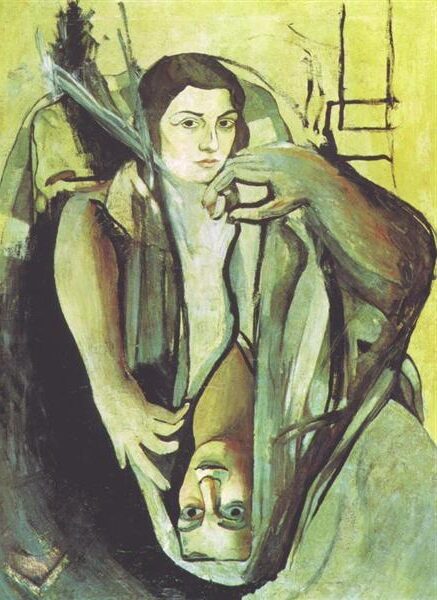
Salvador Dalí’s paintings are known for their vivid surrealism and exploration of the subconscious. His works often feature striking symbolism and imaginative imagery, capturing themes of dreams, time, and transformation.
Dreams and Subconscious Themes
Dalí’s art delves into the world of dreams and the subconscious. The Persistence of Memory is a prominent example, featuring melting clocks in a dreamlike landscape. This painting explores the fluid nature of time and reality.
Dream Caused by the Flight of a Bee Around a Pomegranate a Second Before Awakening captures a surreal dream sequence, highlighting Dalí’s fascination with dreams. This piece ties into his view that the subconscious is a rich source of creativity and inspiration.
Symbols and Imagery
Dalí’s use of symbols and imagery is both imaginative and profound. The Great Masturbator features a deformed human face, showcasing his interest in psychological themes. The painting reflects feelings of anxiety and desire, symbolized through unusual shapes and structures.
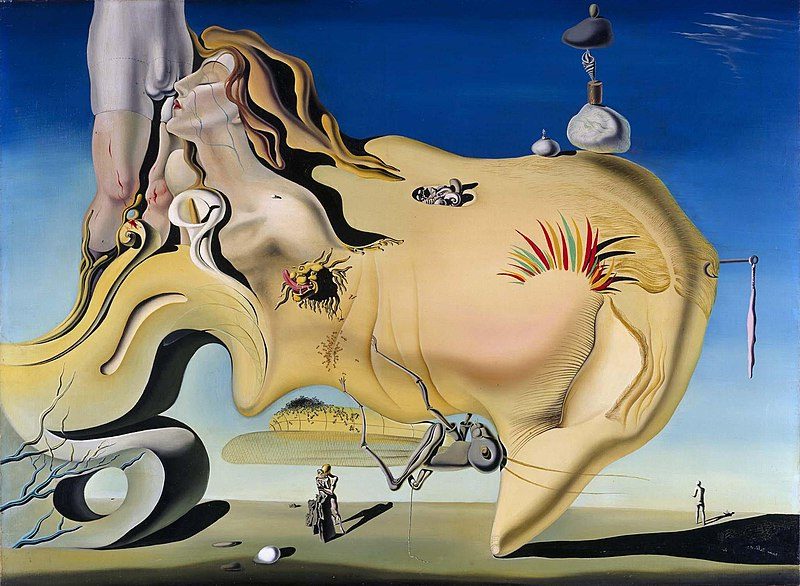
The Great Masturbator (1929) by Salvador Dalí
In Swans Reflecting Elephants, Dalí creates optical illusions where swans and elephants share forms in reflections. This clever use of imagery reflects the artist’s interest in duality and perception. Such symbolic elements are common in Dalí’s work, aiding in his surreal storytelling.
Masterpieces and Their Meanings
Dalí’s masterpieces often carry deeper meanings. Soft Construction with Boiled Beans (Premonition of Civil War) depicts human destruction, symbolizing the impact of the Spanish Civil War. The twisted forms emphasize the chaos and conflict of the era.

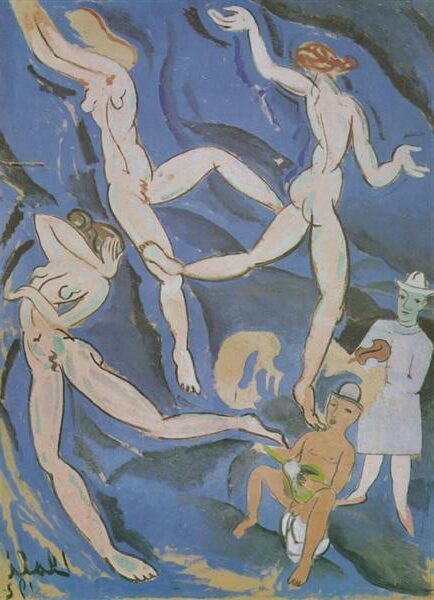
Christ of Saint John of the Cross diverges from surrealism by portraying a classic religious scene. Yet, it retains Dalí’s surreal touch with its unique perspective. Similarly, The Burning Giraffe addresses existential themes, with sculpted drawers symbolizing hidden fears or desires.
These masterpieces highlight Dalí’s ability to blend artistic skill with philosophical inquiry, making his work stand out in the art world.
Diverse Contributions and Legacy
Salvador Dalí made a wide-ranging impact beyond his surreal paintings, leaving a mark on various media and influencing modern culture and the art world.
Beyond Painting: Dalí in Other Media
Dalí ventured into many artistic fields. His sculptures and designs include the whimsical Lobster Telephone and furniture pieces displaying his surreal genius. In photography, he collaborated with famous photographers, contributing his distinctive touch.
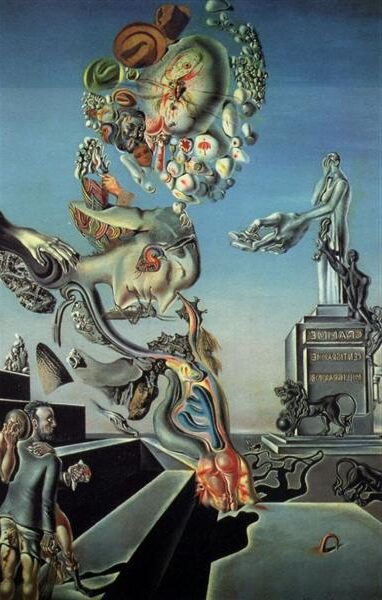
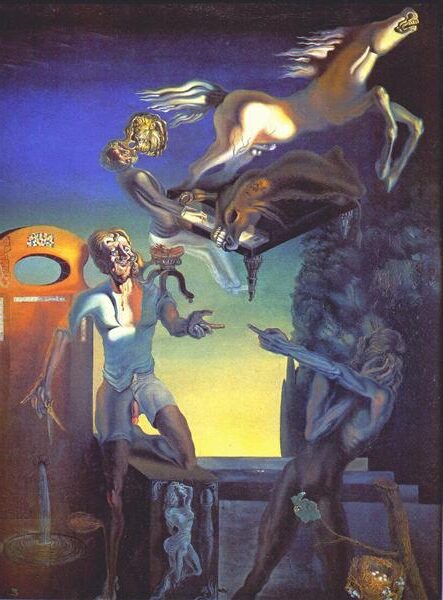
His Paranoiac-Critical Method, which blends reality with surreal elements, has been a tool for understanding and creating art. His work in cinema includes collaborations with filmmakers like Luis Buñuel. Dalí also influenced graphic arts, displaying his versatility in several creative disciplines. This exploration showcases his willingness to push traditional boundaries and add new dimensions to art.
Impact on the Art World and Modern Culture
Dalí’s influence on art history and the art world is significant. His introduction of surreal imagery and morphological echo techniques influences many artists.
His nuclear mysticism period, especially pieces like Galatea of the Spheres, highlights his embrace of science and spirituality.
His work is present in places like the Museum of Modern Art and the Dalí Theatre-Museum, offering extensive coverage in exhibitions. Dalí’s impact extends to avant-garde movements and cubism, where his innovative vision continues to enrich art education.
Institutions like the Museo Nacional Centro de Arte Reina Sofía and Kunstmuseum Basel showcase his contributions, ensuring his legacy endures. By transforming concepts of reality, his work remains a magnetic force in both modern culture and art education.
Dalí’s Muse: Gala
Gala Dalí was born Elena Ivanovna Diakonova. She became an essential part of Salvador Dalí’s life and art. Known for her influence, she was his muse and wife. Gala’s impact on Dalí’s work is profound and far-reaching.
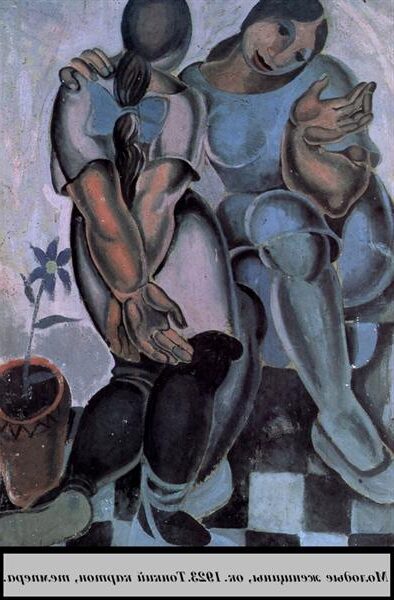
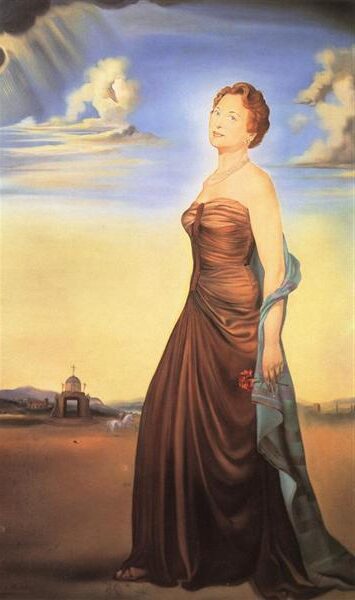
Portrait of Gala is a famous painting by Dalí. This piece shows her enigmatic beauty. It captures the surreal and the subconscious, a signature of Dalí’s style.
Gala’s influence extends to various paintings. In Leda Atomica, she is depicted as Leda. This artwork combines themes of art and science, with Gala at the center.
Gala was more than a muse. She was Dalí’s partner in art and business. Her role included being his inspiration and managing his affairs. This duality of roles made her indispensable to Dalí’s career.
For art lovers, Gala represents a blend of passion and creativity. Her presence in Dalí’s paintings often includes elements of sexuality and mystery. These elements enhance the emotional depth of his works.
Gala’s impact shows the power of a muse in an artist’s life. Her legacy continues in the art world, influencing how audiences view Dalí’s paintings and the stories behind them.
Frequently Asked Questions
Salvador Dalí’s work is known for its surreal elements, unique creativity, and impact on both surrealism and modern art. His paintings are displayed in major museums worldwide, and many of his pieces have fetched high prices at auctions.
What are the defining characteristics of Salvador Dalí’s masterpieces?
Dalí’s paintings often include dream-like scenes, distorted figures, and vivid colors. Melting clocks, as seen in “The Persistence of Memory,” are another signature element. His work frequently features a mix of reality and fantasy.
How did Salvador Dalí contribute to the Surrealism movement through his artwork?
Dalí was a leading figure in the Surrealism movement. His approach to exploring the unconscious mind and dream imagery set new standards. His pieces often challenge traditional perceptions of reality.
Which museums host the largest collections of Salvador Dalí’s paintings?
The Salvador Dalí Museum in St. Petersburg, Florida, and the Dalí Theatre-Museum in Figueres, Spain, have extensive collections. The Museum of Modern Art (MoMA) in New York also hosts several of his key works.
Can you list notable Salvador Dalí paintings that showcase his unique style?
“The Persistence of Memory” is perhaps his most famous work. Other notable pieces include “The Elephants,” “Metamorphosis of Narcissus,” and “The Elephants.” Each displays his distinctive surreal and dream-like style.
What are some of the record-breaking auction prices for Salvador Dalí’s original artworks?
Dalí’s paintings have reached impressive prices at auction. “Portrait of Paul Eluard” was sold for $22.4 million in 2011. His works continue to be highly valued in the art market.
How has Salvador Dalí’s work in paintings influenced modern art?
Dalí’s approach to dream imagery and symbolism has influenced numerous artists. His ability to blend creativity with unusual perspectives continues to inspire contemporary art forms. This includes media and advertising.


